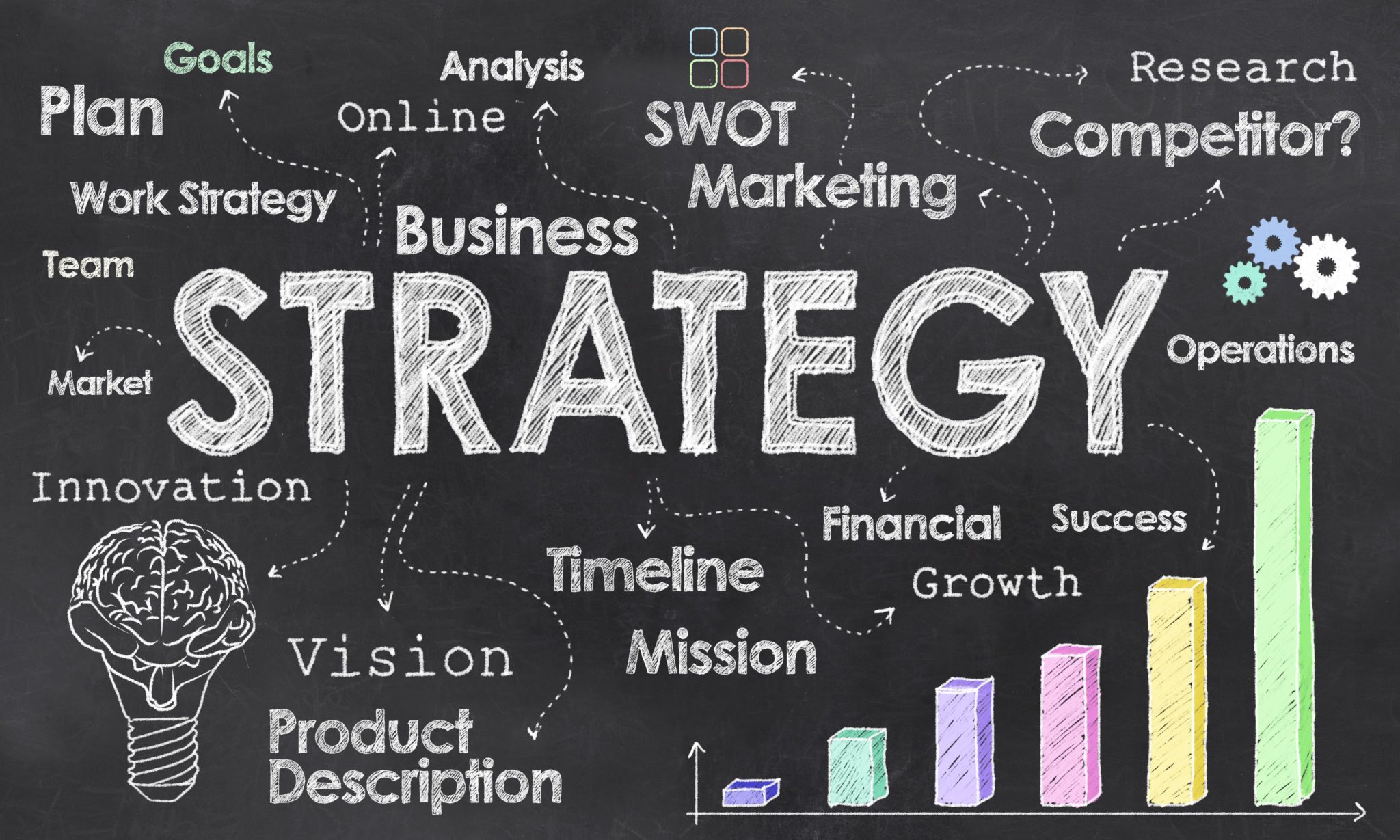Business Strategy
Business Strategy Business strategy refers to the long-term plan of action that an organization formulates to achieve its goals and objectives. It involves making decisions about where a company wants to go, what it wants to achieve, and how …
Overview
Business Strategy
Business strategy refers to the long-term plan of action that an organization formulates to achieve its goals and objectives. It involves making decisions about where a company wants to go, what it wants to achieve, and how it will allocate its resources to get there.
A well-crafted business strategy can provide a roadmap for success and a framework for making decisions at all levels of the organization.
Key elements of a business strategy include:
- Mission and Vision: A clear statement of the company’s purpose (mission) and its aspirational long-term goals (vision).
- Goals and Objectives: Specific, measurable targets that the company aims to achieve. These should be aligned with the mission and vision.
- Competitive Analysis: An assessment of the company’s industry and competitors, understanding their strengths, weaknesses, opportunities, and threats (SWOT analysis).
- Target Market: Identifying the specific customer segments or markets the company intends to serve.
- Value Proposition: Defining what makes the company’s products or services unique and valuable to customers.
- Core Competencies: Identifying the key capabilities and resources that the company possesses or needs to develop to achieve its goals.
- Strategic Initiatives: The specific actions and projects that the company will undertake to implement its strategy.
- Resource Allocation: Deciding how resources such as capital, human resources, and technology will be allocated to support the strategy.
- Risk Management: Identifying and assessing potential risks and developing plans to mitigate them.
- Key Performance Indicators (KPIs): Metrics that will be used to measure the success and progress of the strategy.
Business strategies can take various forms, including cost leadership, differentiation, innovation, growth, diversification, and more. The choice of strategy depends on the company’s unique circumstances, industry, and competitive environment.
It’s essential for a business to regularly review and adapt its strategy to respond to changing market conditions, customer preferences, and other external factors. Flexibility and the ability to pivot when necessary are crucial for long-term success.
Overall, business strategy is a dynamic process that guides an organization in achieving its goals while remaining agile in the face of evolving challenges and opportunities
Certainly, let’s delve deeper into some specific aspects of business strategy:
- Types of Business Strategies:a. Cost Leadership: This strategy aims to become the low-cost producer in an industry. It involves producing goods or services efficiently and cost-effectively.b. Differentiation: This strategy focuses on offering unique products or services that distinguish the company from its competitors. It often involves innovation and premium pricing.
c. Market Expansion/Growth: This strategy involves expanding into new markets, whether by geographical expansion, entering new customer segments, or introducing new product lines.
d. Diversification: Diversification can be related (expanding into related industries) or unrelated (entering entirely new industries). It can help spread risk or capture new opportunities.
e. Market Niche/Focus: Concentrating on a specific segment or niche within the market allows a company to serve a specialized customer base effectively.
- SWOT Analysis:SWOT analysis is a valuable tool in the strategic planning process. It involves assessing a company’s strengths, weaknesses, opportunities, and threats. This analysis helps identify internal capabilities and limitations as well as external factors affecting the business.
- Strategic Planning Process:The process of developing a business strategy often includes the following steps:a. Mission and Vision Statement: Define the organization’s purpose and long-term goals.
b. Situation Analysis: Conduct a comprehensive review of internal and external factors that affect the business.
c. Setting Objectives: Establish clear, measurable goals aligned with the mission and vision.
d. Strategy Development: Formulate strategies that leverage strengths, address weaknesses, exploit opportunities, and mitigate threats.
e. Execution and Implementation: Develop plans, allocate resources, and put the strategy into action.
f. Monitoring and Control: Continuously measure progress against objectives and adjust the strategy as needed.
- Competitive Advantage:Business strategies aim to create a sustainable competitive advantage. This means having something unique or better that competitors can’t easily replicate. This could be based on factors like technology, brand, cost structure, distribution network, or customer relationships.
- Innovation:Many successful business strategies involve innovation. This could be in terms of product development, process improvement, or even business model innovation.
- Corporate Social Responsibility (CSR):In the modern business landscape, CSR is an integral part of many strategies. Companies are increasingly focused on contributing positively to society, the environment, and their communities.
- Globalization:In a globalized world, international expansion is a common strategic move. This can involve exporting products, forming partnerships, or establishing overseas subsidiaries.
- Digital Transformation:Embracing digital technologies and data-driven decision-making is another key element of modern business strategies. Many organizations are integrating technology into their operations for efficiency and customer engagement.
- Strategic Alliances and Partnerships:Collaboration with other companies can be a strategic move to access new markets, technologies, or resources without the need for extensive internal development.
- Scenario Planning:
Given the increasing uncertainty in business environments, scenario planning involves creating multiple future scenarios to prepare for different potential outcomes.
Ultimately, business strategy is a dynamic and evolving process that requires continuous evaluation and adaptation. Successful businesses stay attuned to changes in their industry, customer preferences, and the broader economic and social landscape to ensure their strategies remain effective.
Curriculum
- 1 Section
- 1 Lesson
- 1 Hour






